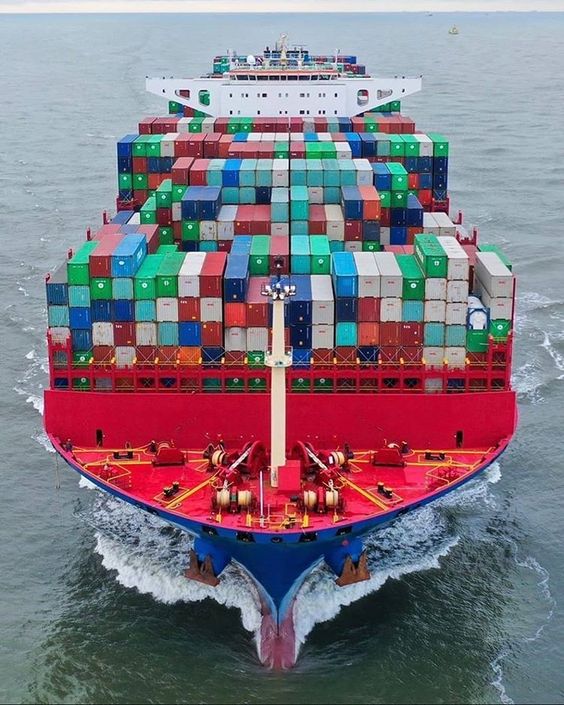In the realm of international shipping, having end-to-end tracking for shipments to the Netherlands provides transparency and peace of mind. Understanding how to ship with end-to-end tracking to Netherlands helps you monitor your cargo’s journey, address issues promptly, and enhance customer satisfaction. Here are key steps to achieve seamless end-to-end tracking.
1. Select the Right Shipping Provider
Check Tracking Capabilities
When choosing a shipping provider, prioritize those offering advanced end-to-end tracking systems. Look for features like real-time location updates, estimated time of arrival (ETA) calculations, and alerts for key milestones such as pickup, transit, and delivery.
Read Reviews and Recommendations
Research customer reviews and industry recommendations. Providers with positive feedback on tracking accuracy and reliability are more likely to meet your needs for shipping to the Netherlands.
2. Communicate Tracking Requirements
Discuss with Suppliers
If you’re sourcing goods from suppliers in China, clearly communicate your expectation for end-to-end tracking. Ensure they work with shipping partners who can provide comprehensive tracking services.
Collaborate with Logistics Partners
For seamless tracking, collaborate closely with freight forwarders, carriers, and customs brokers. Make sure all parties understand the importance of tracking and are committed to providing accurate information.
3. Leverage Digital Tools and Platforms
Use Tracking Apps and Portals
Many shipping providers offer dedicated tracking apps or online portals. Download the relevant app or bookmark the portal to access real-time tracking information easily. Enter your shipment’s unique tracking number to start monitoring.
Explore Integrated Logistics Platforms
Some integrated logistics platforms aggregate tracking data from multiple carriers and service providers. These platforms give you a unified view of your shipment’s progress from origin in China to the final destination in the Netherlands.
4. Ensure Proper Labeling and Documentation
Include Tracking Information
On shipping labels, clearly display the tracking number and relevant contact details. This ensures that all parties handling the shipment can access and update tracking information accurately.
Provide Accurate Documents
Submit accurate commercial invoices, bills of lading, and other shipping documents. Incomplete or incorrect information can disrupt the tracking process and cause delays.
5. Set Up Alerts and Notifications
Customize Alert Preferences
Most tracking systems allow you to customize alerts. Set up notifications for important events like when the shipment departs, arrives at key transit points, or experiences delays. You can choose to receive alerts via email, SMS, or push notifications.
Stay Informed and Act Promptly
When you receive alerts, review the information immediately. If there’s a delay or issue, contact the relevant parties, such as your shipping provider or logistics partner, to resolve it as quickly as possible.
6. Analyze Tracking Data
Review Historical Data
After the shipment is completed, review the tracking data. Analyze transit times, common bottlenecks, and any areas where improvements can be made for future shipments to the Netherlands.
Identify Patterns and Trends
Look for patterns and trends in the tracking data. This can help you make more informed decisions when choosing shipping providers, routes, and timing for future shipments.
In conclusion, mastering how to ship with end-to-end tracking to Netherlands involves choosing the right shipping provider, effective communication, leveraging digital tools, ensuring proper documentation, setting up alerts, and analyzing tracking data. By following these steps, you can have better control over your shipments and provide a more reliable service. For more professional guidance on shipping with tracking, companies like China Top Freight can offer valuable insights into the process.Utilize China Top Freight to help solve the problems you are facing. Contact us today to embark on your smooth transportation journey!


